Yury Pisarchyk
Efficient Memory Management for Deep Neural Net Inference
Feb 16, 2020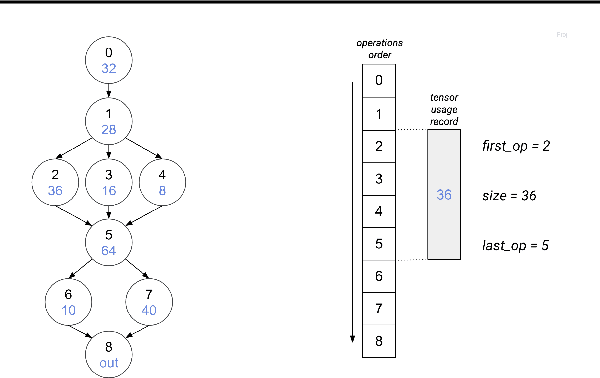

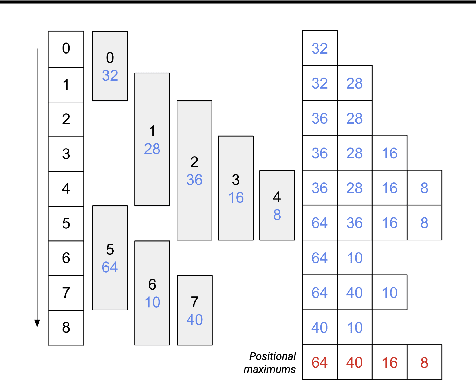

Abstract:While deep neural net inference was considered a task for servers only, latest advances in technology allow the task of inference to be moved to mobile and embedded devices, desired for various reasons ranging from latency to privacy. These devices are not only limited by their compute power and battery, but also by their inferior physical memory and cache, and thus, an efficient memory manager becomes a crucial component for deep neural net inference at the edge. We explore various strategies to smartly share memory buffers among intermediate tensors in deep neural nets. Employing these can result in up to 11% smaller memory footprint than the state of the art.
On-Device Neural Net Inference with Mobile GPUs
Jul 03, 2019
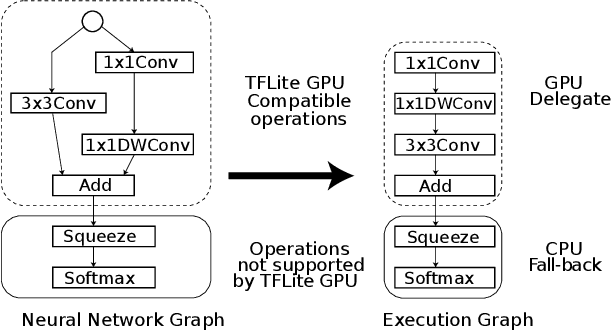
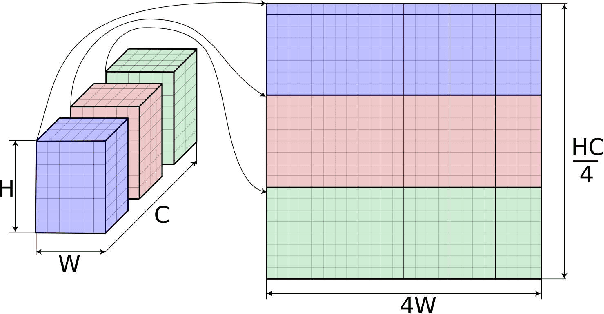
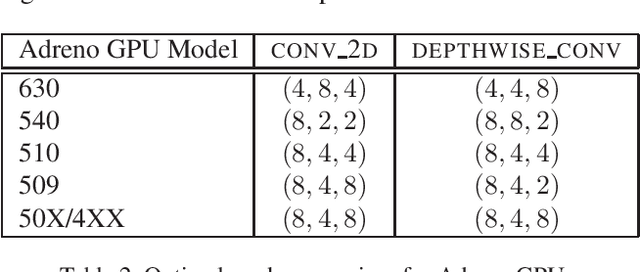
Abstract:On-device inference of machine learning models for mobile phones is desirable due to its lower latency and increased privacy. Running such a compute-intensive task solely on the mobile CPU, however, can be difficult due to limited computing power, thermal constraints, and energy consumption. App developers and researchers have begun exploiting hardware accelerators to overcome these challenges. Recently, device manufacturers are adding neural processing units into high-end phones for on-device inference, but these account for only a small fraction of hand-held devices. In this paper, we present how we leverage the mobile GPU, a ubiquitous hardware accelerator on virtually every phone, to run inference of deep neural networks in real-time for both Android and iOS devices. By describing our architecture, we also discuss how to design networks that are mobile GPU-friendly. Our state-of-the-art mobile GPU inference engine is integrated into the open-source project TensorFlow Lite and publicly available at https://tensorflow.org/lite.
 Add to Chrome
Add to Chrome Add to Firefox
Add to Firefox Add to Edge
Add to Edge